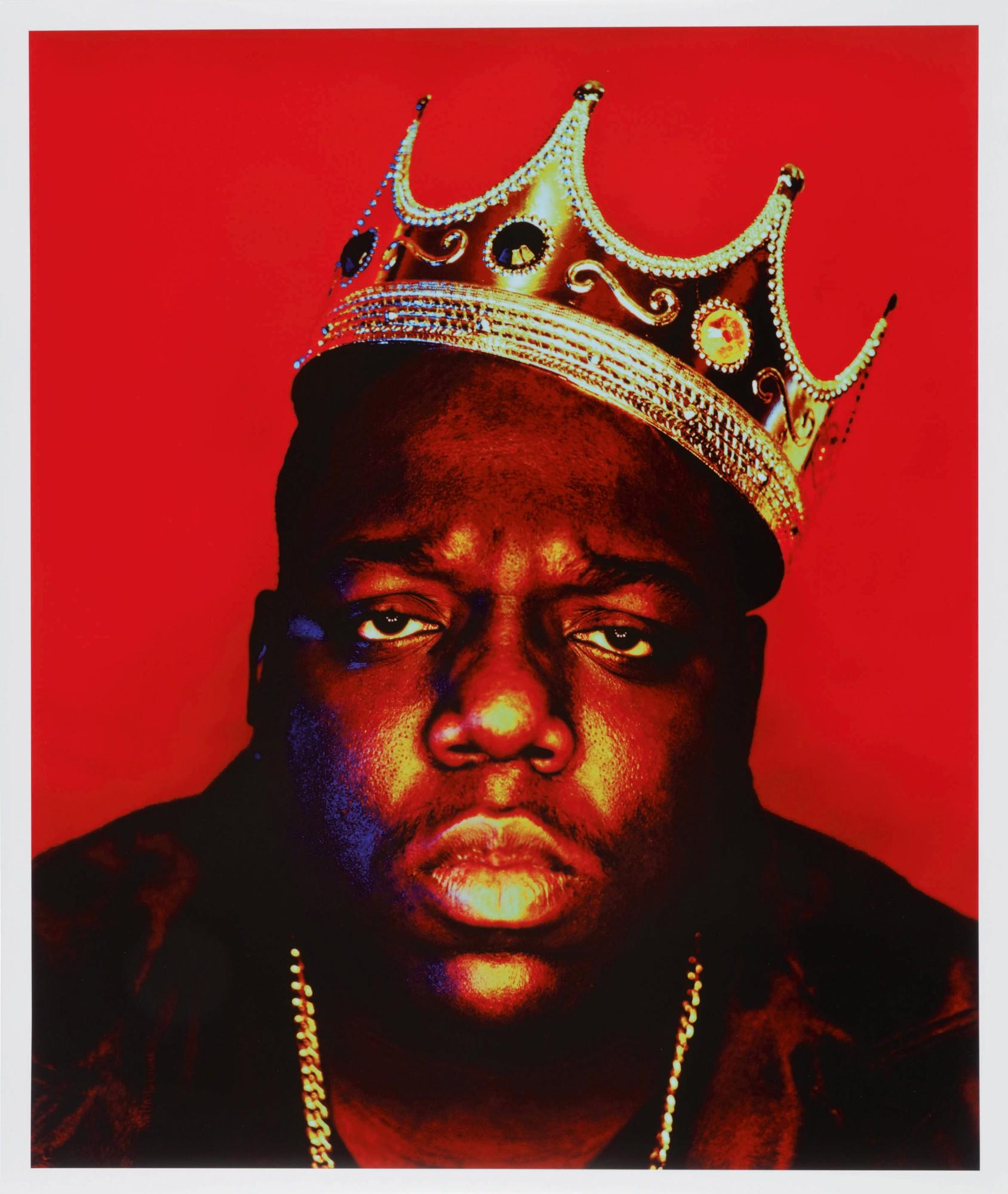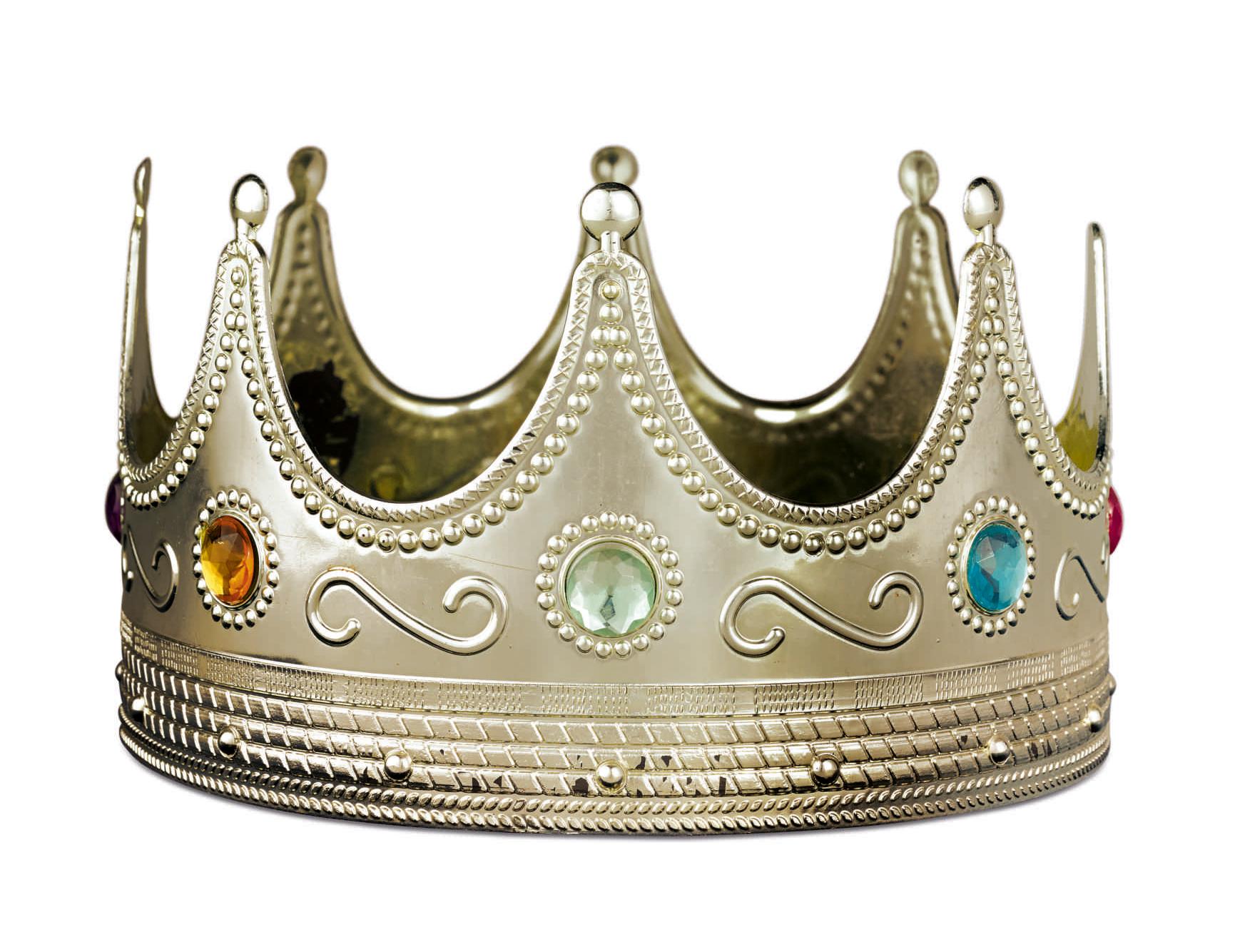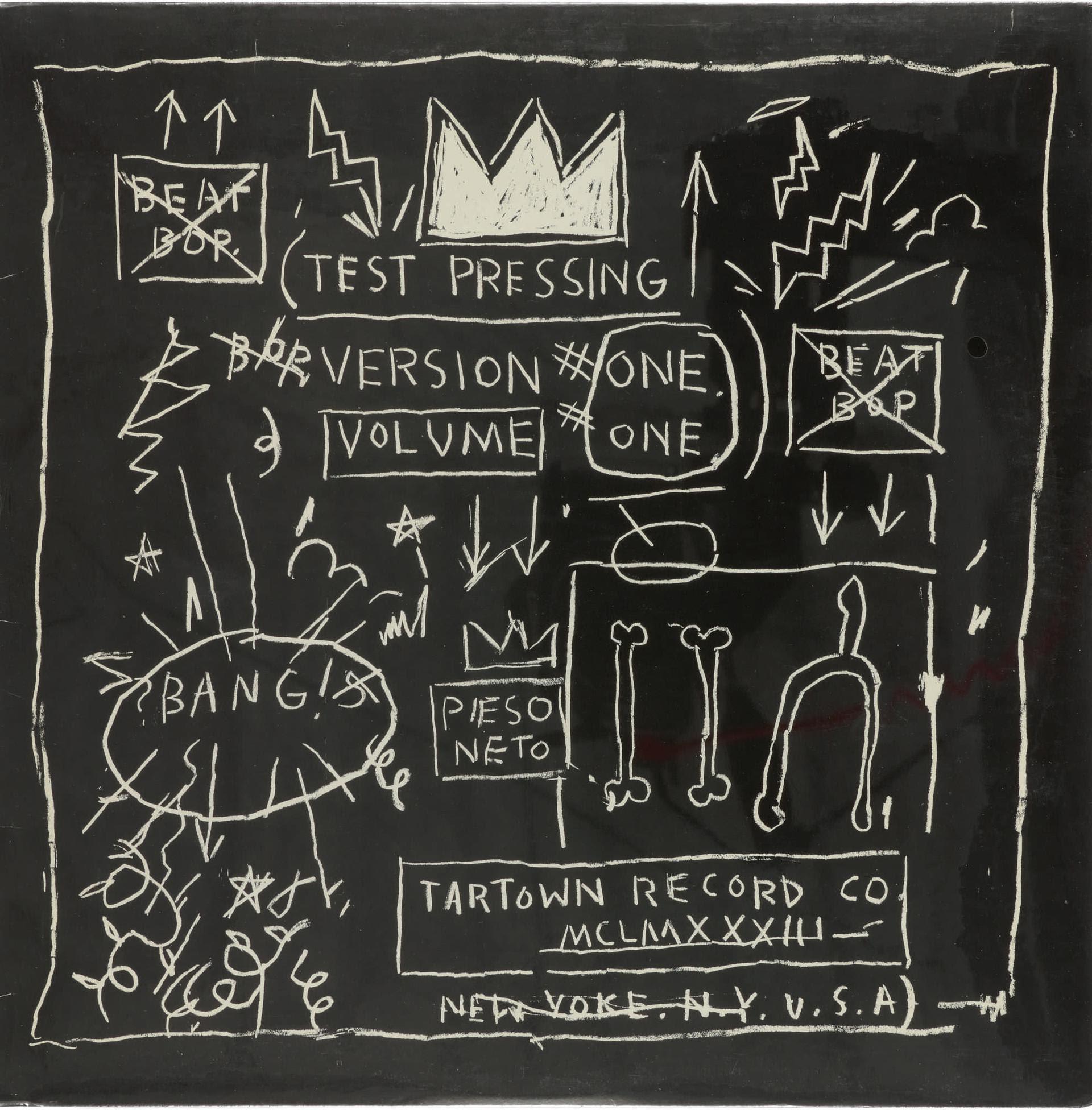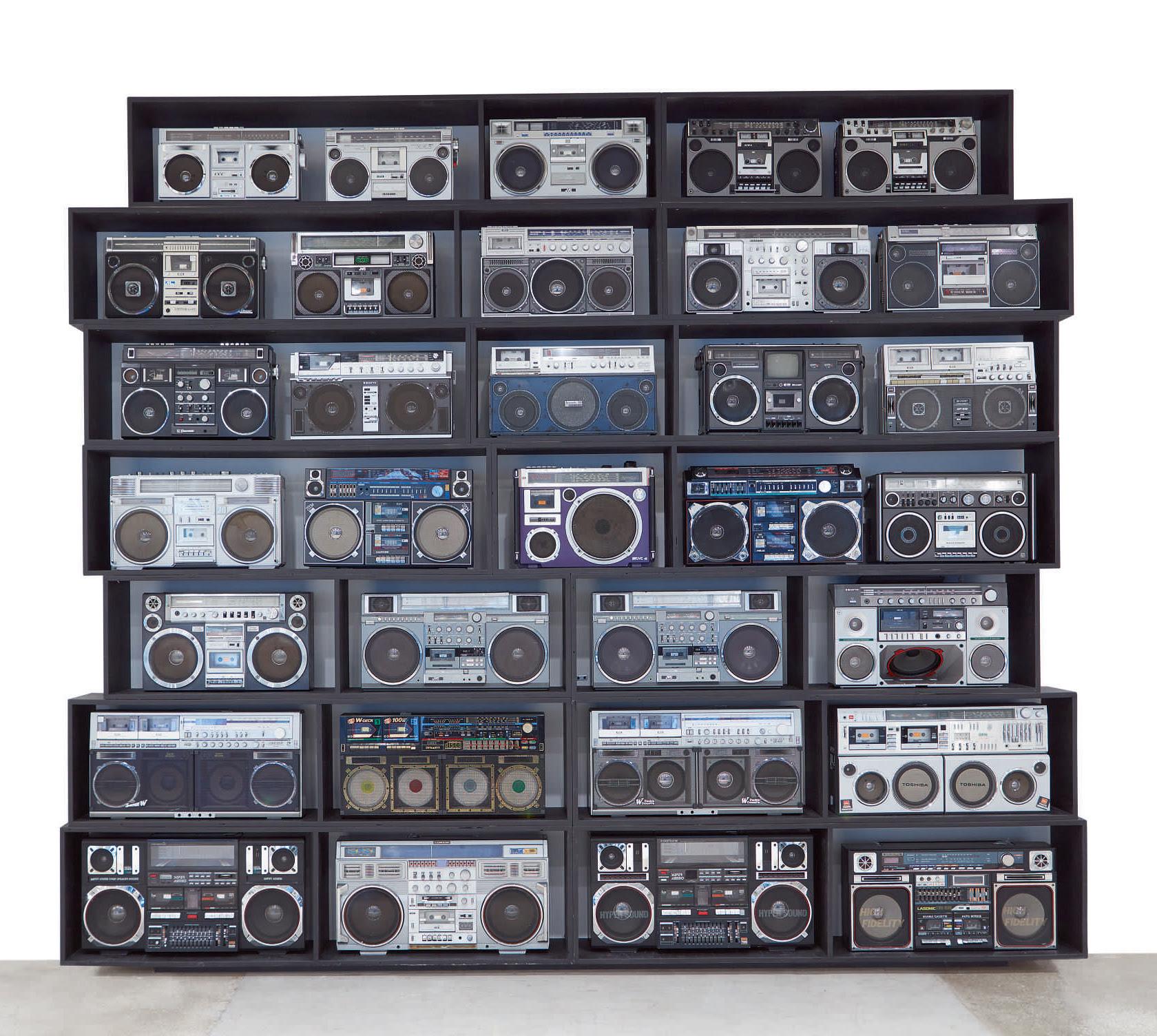“Every time I thought of Biggie,” Claiborne said in an interview, “I always thought of him as a big, fat West African King. Puffy wasn’t so into it, he kept saying that he worried Big looked like ‘the Burger King.’ So Big was trying to reassure Puffy and it turned out fine.”
It went down as one of the most recognized photographs in hip hop history and one of the strongest representations of hip hop’s infiltration of American visual culture. Three days after the shoot, Biggie was killed. His death cemented the symbolic power of the image, which would be carried throughout Biggie’s funeral procession.
“There are images of black people, rappers or not, that you don’t see in American culture,” said Claiborne. “You rarely seem them as regal.”

































